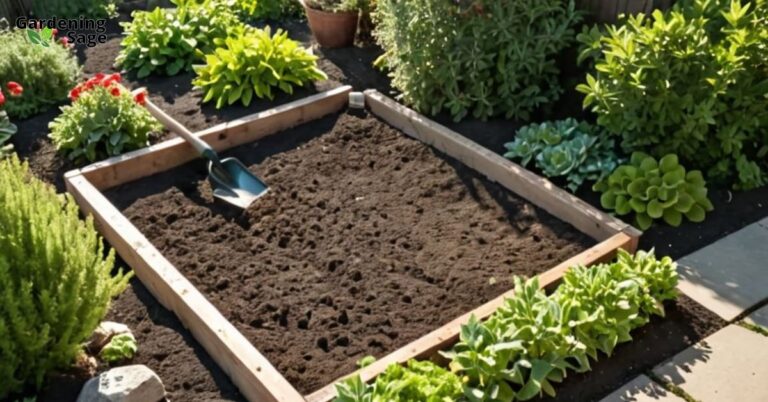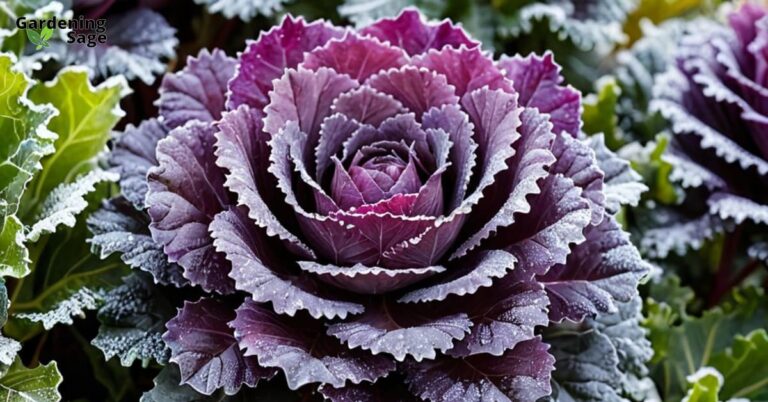Gardening is a symphony of life, but amidst the beauty, plant diseases can play a disruptive note.
In this comprehensive guide, we delve deep into the intricate world of plant diseases, unveiling the secrets of early detection, effective prevention strategies, and expert gardening tips.
Join us on this journey to guard your green haven, emphasizing the crucial role of quality vegetable seed packs in cultivating a resilient garden.
Decoding the Threat: Common Plant Diseases
Plant diseases are silent invaders that can jeopardize the health of your garden. Recognizing the early signs and symptoms is crucial for effective management.
1. Early Detection Matters
Early detection is the linchpin in the battle against plant diseases. Regularly inspect your plants for any unusual signs such as discoloration, wilting, spots, or abnormal growth.
Keep an eye on changes in foliage, stems, and fruit. The sooner you identify a problem, the more likely you are to control and contain it.
2. Quality Vegetable Seed Packs: A Shield Against Diseases
Your garden’s defense against diseases begins with the seeds you plant. Opt for quality vegetable seed packs from reputable sources.
These seeds are often disease-resistant and have undergone rigorous testing to ensure they are free from pathogens. Starting with healthy seeds sets the stage for a thriving and resilient garden.
Early Detection Techniques for Common Plant Diseases
1. Leaf Spot Diseases
Leaf spot diseases, such as powdery mildew and early blight, are common culprits in gardens. Early signs include the appearance of small, discolored spots on leaves.
To prevent these diseases, avoid overhead watering, ensure proper spacing between plants for adequate air circulation, and consider using fungicide treatments when necessary.
2. Root Rot
Root rot is often a result of waterlogged soil and can be identified by wilting, yellowing, and eventual collapse of the plant. Improve soil drainage by incorporating organic matter and avoid overwatering.
Choosing well-draining pots and containers for container gardening can also mitigate the risk of root rot.
3. Bacterial Blight
Bacterial blight affects various plants, causing wilting, leaf spots, and cankers. Practice crop rotation to minimize the risk of bacterial blight, as the pathogen can survive in the soil.
Additionally, avoid overhead watering to reduce the spread of bacteria, and use copper-based fungicides if necessary.
Prevention Strategies for Healthy Gardens
1. Proper Plant Spacing
Ensure adequate spacing between plants to promote air circulation and reduce the risk of fungal diseases. Overcrowded plants are more susceptible to moisture-related issues, creating an environment conducive to the development and spread of diseases.
2. Crop Rotation Practices
Implementing crop rotation is a powerful preventive measure. This practice disrupts the life cycles of pathogens and helps maintain soil health.
Avoid planting crops from the same family in the same location for consecutive growing seasons to reduce the risk of soil-borne diseases.
3. Healthy Soil Management
Healthy soil is the cornerstone of disease prevention. Enrich your soil with organic matter, practice proper watering techniques, and maintain a balanced pH.
Healthy soil fosters strong plants with robust immune systems, making them less susceptible to diseases.
The Role of Quality Seeds in Disease Prevention
1. Disease-Resistant Varieties
Choose vegetable varieties known for their disease resistance. Many modern vegetable seed packs offer options specifically bred to resist common diseases.
This preemptive measure significantly reduces the risk of infections and ensures a more resilient garden.
2. Seed Treatment and Testing
Investigate seed treatment options, such as fungicide-coated seeds, which add an extra layer of protection.
Additionally, some seed suppliers conduct rigorous testing for pathogens to provide consumers with high-quality, disease-free seeds.














